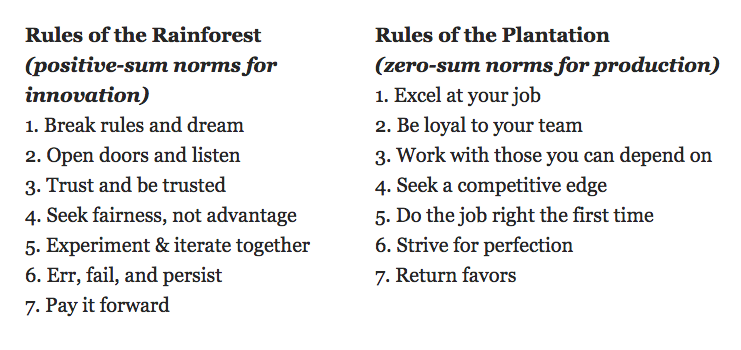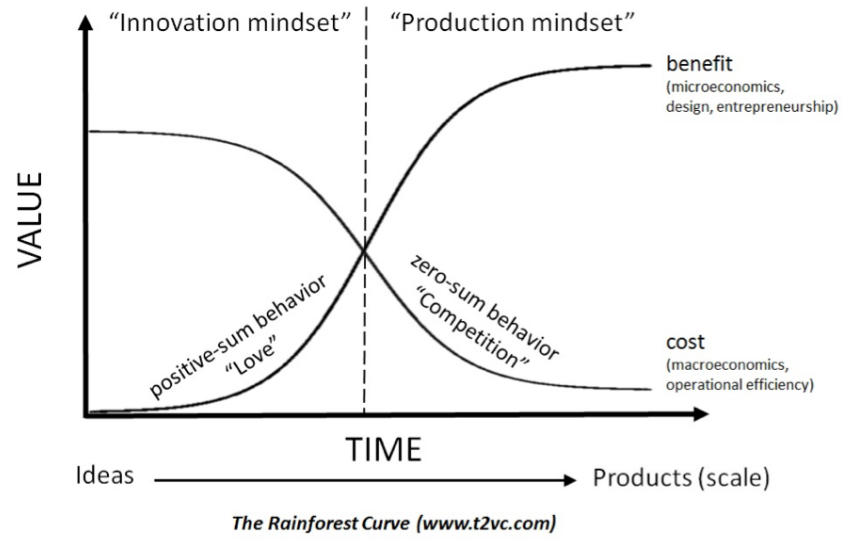A Founders Journey.
I’ve had these notes for 6 months, I guess I was writing a talk or a book but never shipped it, so now I found it, I am shipping 🙂 – If you want more information please let me know, be happy to elaborate, just ping me on twitter http://twitter.com/daveerasmus
Below are things I think are relevant in understanding what you bring as a founder.
Amongst the top of the list is ‘taking people with you’ which @digates my partner in crime in Newcastle taught me as she joined me through the givey journey. I have found her wisdom to be true on any creative journey but especially true for those long hard journeys with multiple stakeholders.
The idea of a ‘Founder’ is not readily understood in the UK as it is in the US and I only really hear of CEO’s or quitters which I think can be unhelpful. For me, learning about the role and value of being a founder through my US VC David Cremin from http://draperfrontier.com has helped me take a kinder view of myself.
When I view my role in the ‘artist’ ‘founder’ or ‘innovation’ mindset, I feel proud of the determination and commitment I have shown over the years for the projects I have helped lead. This is polar opposite to the guilt complex that I can accrue If I view my work through the ‘CEO’ lens or ‘production’ mindset.
This Rainforest curve really nicely shows how founders mindsets go from being highly useful to highly distracting from effective production.
Check out the original blog : http://linkis.com/evonomics.com/8y00N
Check this list out, see which resonates more with you. 
If you resonate with the right hand list then I suggest that you might want to look for incredible individuals you see trying to put stuff together with the traits on the left, they will probably be forever thankful that you help them from getting stuck in an innovation rut and into successful production mindset.
Sharing a founding journey is not the same as sales, it’s intimate and requires a high level of trust. Founding any team requires discipline, bravery, authenticity and a dexterous approach to personal and social boundaries.
Below are 10 skills and types of awareness I believe are worth cultivating in maintaining
- 1. Presenting VS Being Real – To maintain trust over the long term it is vital to know when you are giving the glossy story vs the real story. In some rooms the listeners are expecting you to share your ‘best’ self but people already on your journey just want the truth. know the difference.
- 2. YOU are the Medium – Big Companies have TV ads and billboards, new companies do smart internet advertising. Your project has YOU. YOU are the marketing for your project. How you speak, dress, thank, apologise, keep time and integrity IS your brand. Be consistent. If people know what to expect from you they will know what to expect from your brand. This is most helpful for those working closely with you to absorb the culture.
- 3. Presence is everything – There is always more to be done, you cannot be everywhere at once. you can only solve one problem at a time. When people are working in the dark for YOU their motivation depends on a few honest moments, they know you are busy but they want SOMETHING to believe their work matters. When you are with someone BE THERE.
- 4. Ask Questions and Listen – Know that everyone you speak to holds keys and secrets you need to be able to move forwards. Ask them questions and LISTEN to the answers, write notes and learn how to ask questions based on the answers not just more random questions. This helps you go deeper, learn more, and go on a journey with the person you are sitting with.
- 5. Single Message for all stakeholders – The challenge of running complex projects is the number of different stakeholders with different things that keep them happy. Family, investors, employees, partners, influencers, existing customers and potential customers. It is easy to fall into the trap of saying different things to different people leading to fragmentation, stress and disintegration, hurting your project’s life source, your authenticity! The harder but more efficient work is to create one story that can keep even the most diverse group of stakeholders aligned. – This is the core story that powers ANY marketing activities.
- 6. Do it publicly – be vulnerable – To be a leader worth following you have to put your neck on the line with your money where your mouth is. Once you have figured out one core story that you believe in that achieves the goals and will bring all stakeholders with you, find somewhere to share it with everything you have! Hold nothing back! – if no-one will give you a stage then make a raw youtube video! – Learn more from Brene Brown ‘Power of Vulnerability
- 7. Start with the ‘Why’ & GO BIG. When you are sharing your project in the early stages don’t get caught up with the what, when or where but focus on the WHY. This is where purpose, passion and adventure comes from. Once you have a WHY cast out a vision that is BIG, clearly much bigger than you could achieve with your current resources. Note : If you aren’t scared by what you are saying you probably aren’t thinking big or deep enough. Make sure you ASK clearly for help from the listeners and show where they can go to do it. – Learn more from Simon Sinek’s great talk on ‘start with why’
- 8. Past > Present > Future – Make sure your story shares what has lead you to this point, what you are doing now, and what you are hoping from the future. A clear chronological story that makes it easy for the listener to follow and join you on.
- 9. Leave with shared responsibility – Make sure the story which started with ‘I’, ends with ‘we’. Letting others know that they can be involved that they can be ‘in’, that they can be ‘we’ with you. Make sure you leave them with the truth that this WILL NOT happen unless others make it their problem too, and that today, the ‘others’, is the listener.
- 10. Your job is conversations – When your job is holding and sharing the story, your main job is communications. 20% is sharing the core, general message of ‘what’s happening’ but 80% is listening to how this impacts the person you are with, what ideas or concerns they have, and wiggling through them to get to actions. This is hard to do on email or what’s app. Real, Analogue, Listening, Present conversation is the context which, in my experience allows the most growth and development happen in the shortest time. One could say that if as an early stage founder you aren’t having 4-5 quality conversations a day you may not be doing your job effectively.
Once you have shared your initial message and got your founding crew aligned the journey will continue to develop and evolve with every experiment you conduct. Every meeting, every message, every interaction is something to reflect on and learn from. Your message will grow as you find others who help establish your story.
An excellent example of an argument builder is John Oliver, who weekly creates robust stories to inform and entertain around subjects which matter. As a reward he has received over 1 billion views and I cant freaking get enough!!
Oliver keeps our engagement with an masterful mix of tools, moving dextrously between information, comedic analogy and ridiculous imagery with every point he makes. This 3 pronged cycle keeps us grinning and keeps us learning. The TED model is also predicated on this ‘edu-tainment’ model.
When it comes time to share your story on stage, in podcast, on radio, on youtube, in pitches or at bars or airports just remember, Be present in the room, break the walls, at all costs, connect with the audience, move yourself in the space so you can be heard, step down from the stage, swap seats, ditch the microphone or grab it. It is your moment. You may be nervous but know that you have done the work, you do believe it, it is in your head! get a great night’s sleep, relax in the morning. As my friend Mike once told me in a pre TEDx pep talk….
‘Just be yourself and share from the heart’

